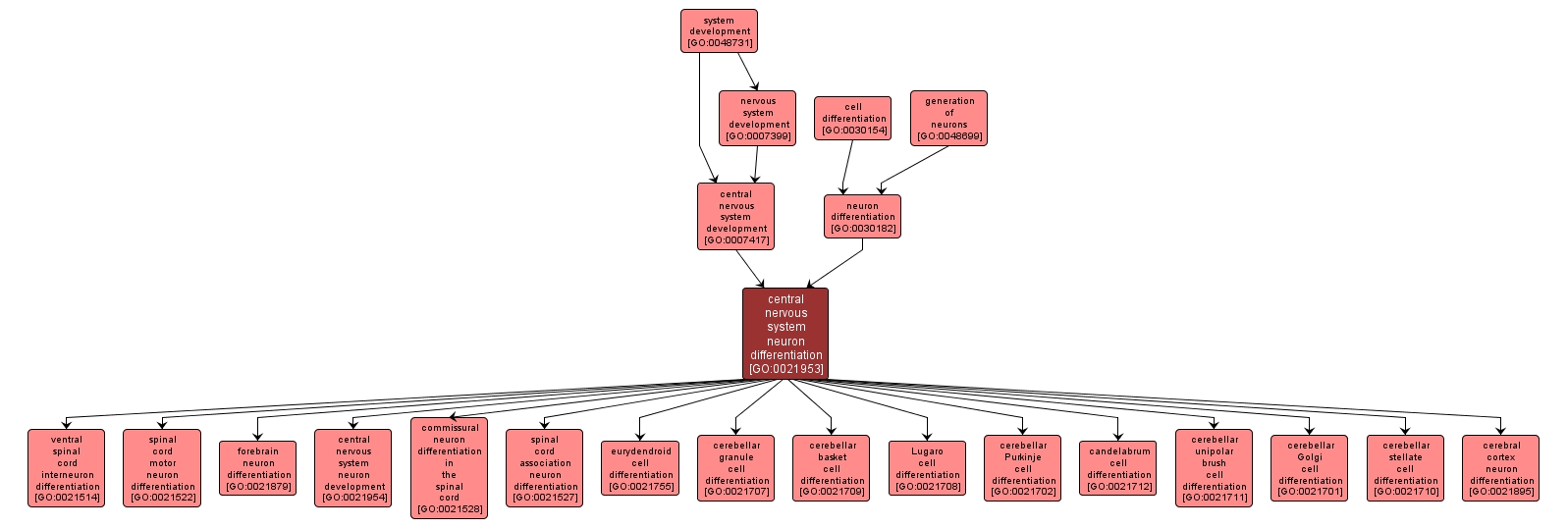GO TERM SUMMARY
|
| Name: |
central nervous system neuron differentiation |
| Acc: |
GO:0021953 |
| Aspect: |
Biological Process |
| Desc: |
The process whereby a relatively unspecialized cell acquires specialized features of a neuron whose cell body resides in the central nervous system. |
|

|
INTERACTIVE GO GRAPH
|














